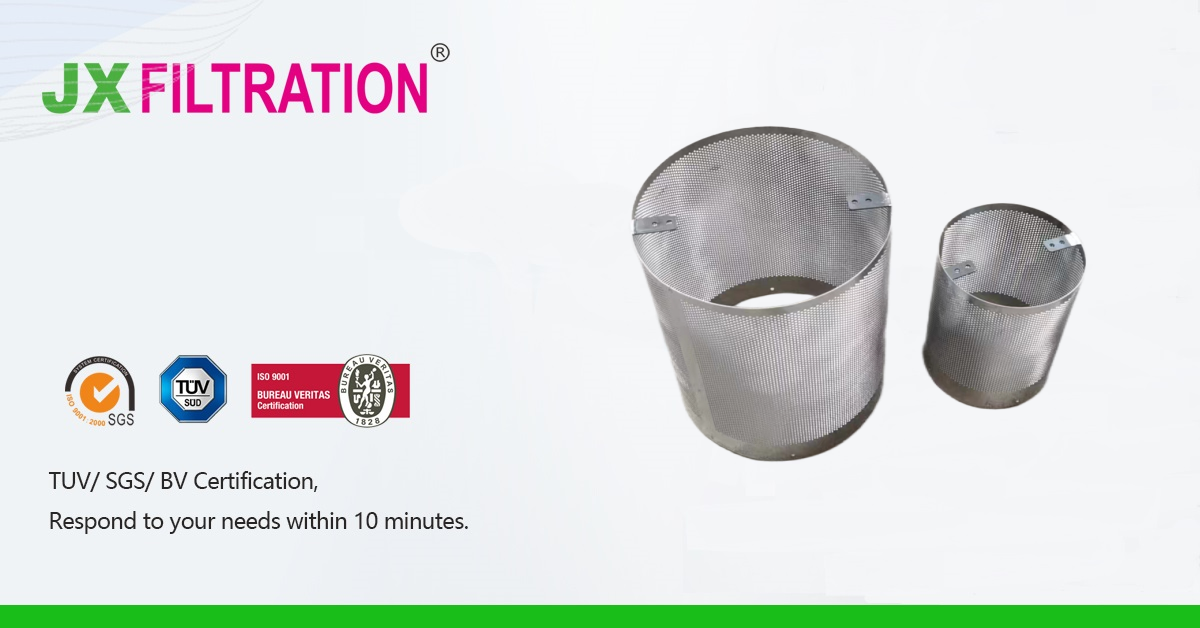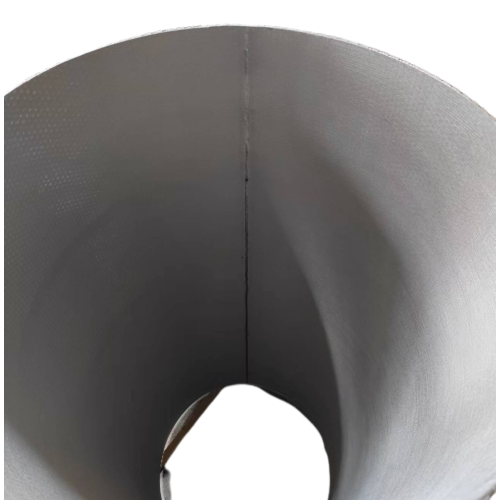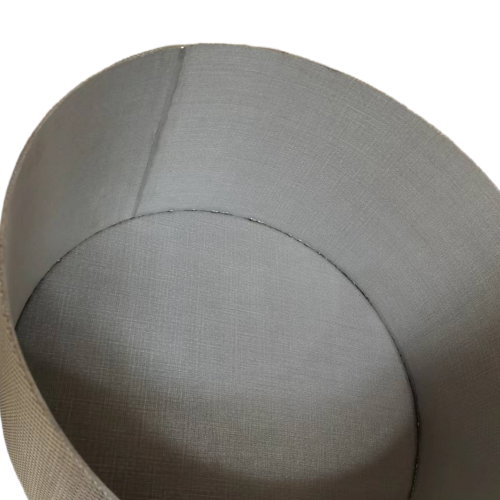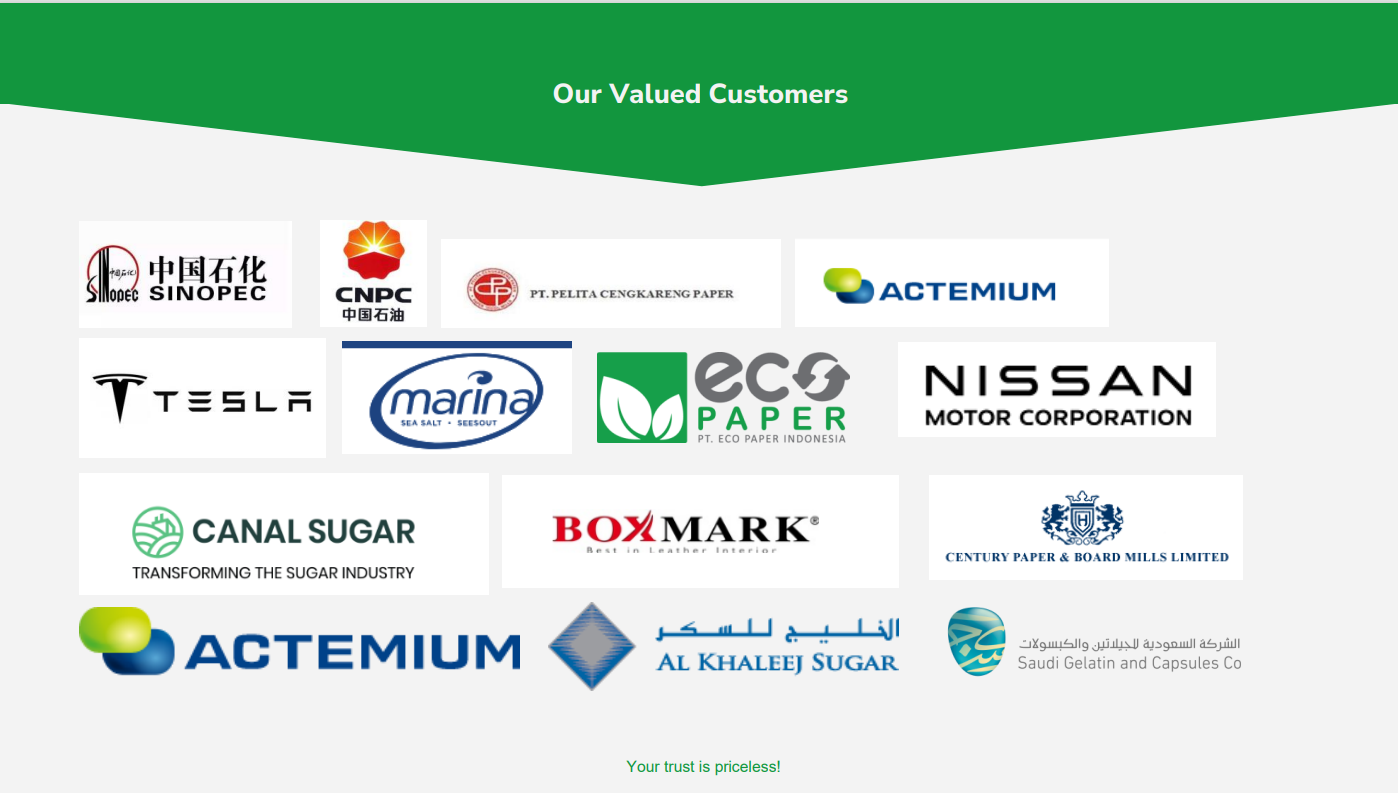What's the Difference Between Perforated Screen and Sintered Screen?
Perforated mesh screen and sintered mesh screen are two mainstream products. With different structural designs and performance characteristics, they are widely used in different scenarios. The following will compare and analyze the two from three aspects: manufacturing process, performance advantages and applicable fields.

I. Differences in structural design and manufacturing process.
The perforated mesh screen is based on precision punching technology. It is formed by punching holes in stainless steel plates and then rolling and welding. The sand prevention function is achieved through the three-layer sleeve structure of the outer sleeve and the filter cartridge.
The sintered mesh screen sintered multiple layers of stainless steel wire mesh into an integrated structure through high pressure and high temperature.
II. Performance advantage comparison.
1. Filtration efficiency and anti-clogging
The trapezoidal wire design of the perforated screen forms a V-shaped gap, which effectively prevents sand from getting stuck. With the outer sleeve diversion structure, the backwashing efficiency is high and it is suitable for high sand content environments. The multi-layer aperture gradient design of the sintered screen allows sand to be discharged with the fluid, avoiding interlayer deposition and making the backwashing more thorough.
2. Service life and maintenance cost
The perforated screen tube adopts a full welding process, with uniform gaps and no burrs, and a service life of more than ten years, which is especially suitable for scenes with high maintenance costs such as deep water wells. The sintered screen tube can be reused after the protective block is corroded due to the replaceable protective layer design.
3. Recommended applicable scenarios.
- Perforated mesh screen: suitable for sand control of oil and gas wells, high-flow water treatment, and conditions requiring rapid backwashing.
- Sintered mesh screen: more suitable for precision filtration scenarios, such as high-purity fluid processing in the chemical industry, particle interception in the pharmaceutical industry, and long-term sand control requirements in complex formations.

When selecting a model, enterprises need to combine working conditions, cost budget and maintenance cycle to choose the most suitable solution.

Any requirements, contact us now!
Nina
Email: nina@filtrationchina.com
Mobile/Whatsapp/WeChat:+86 172 6957 1060
